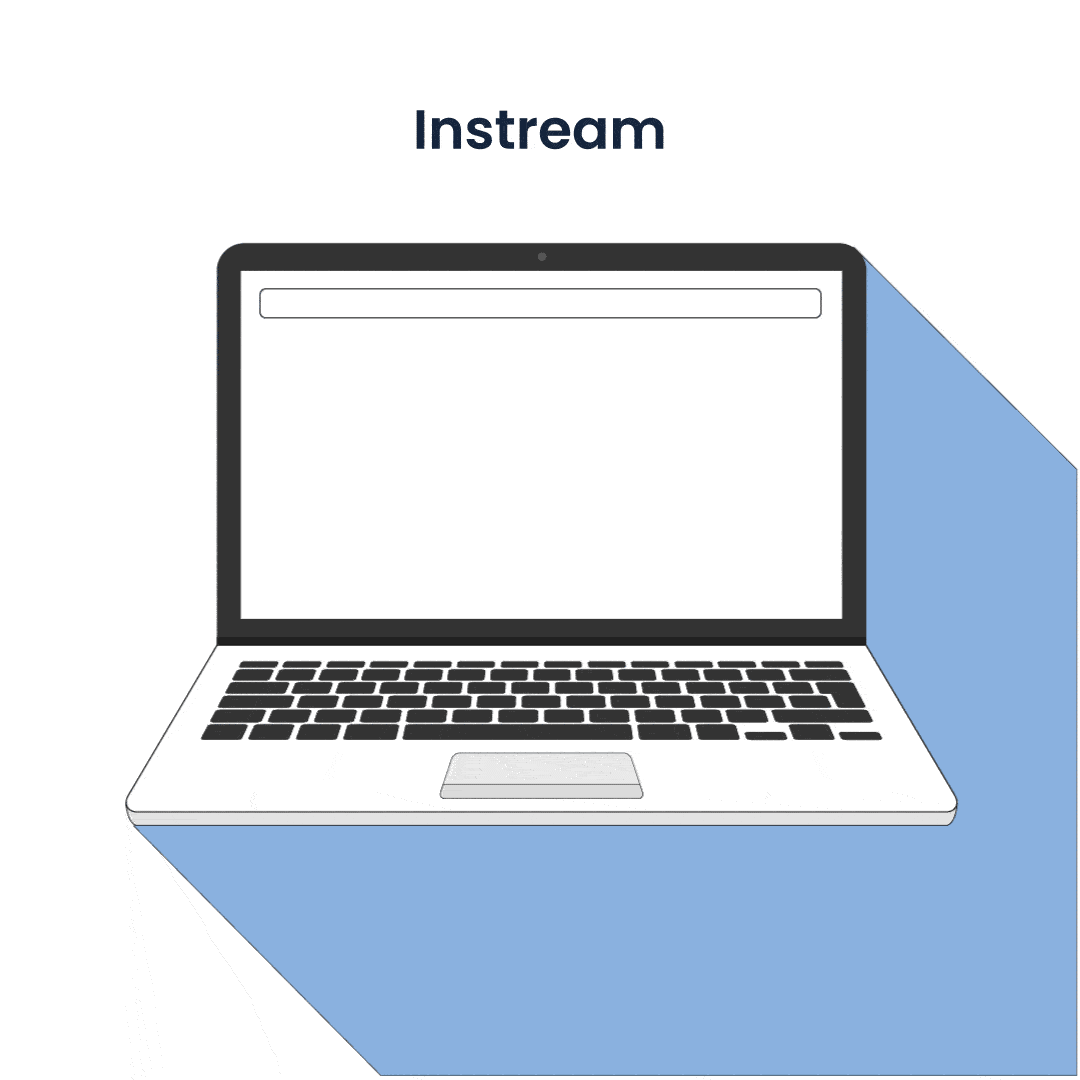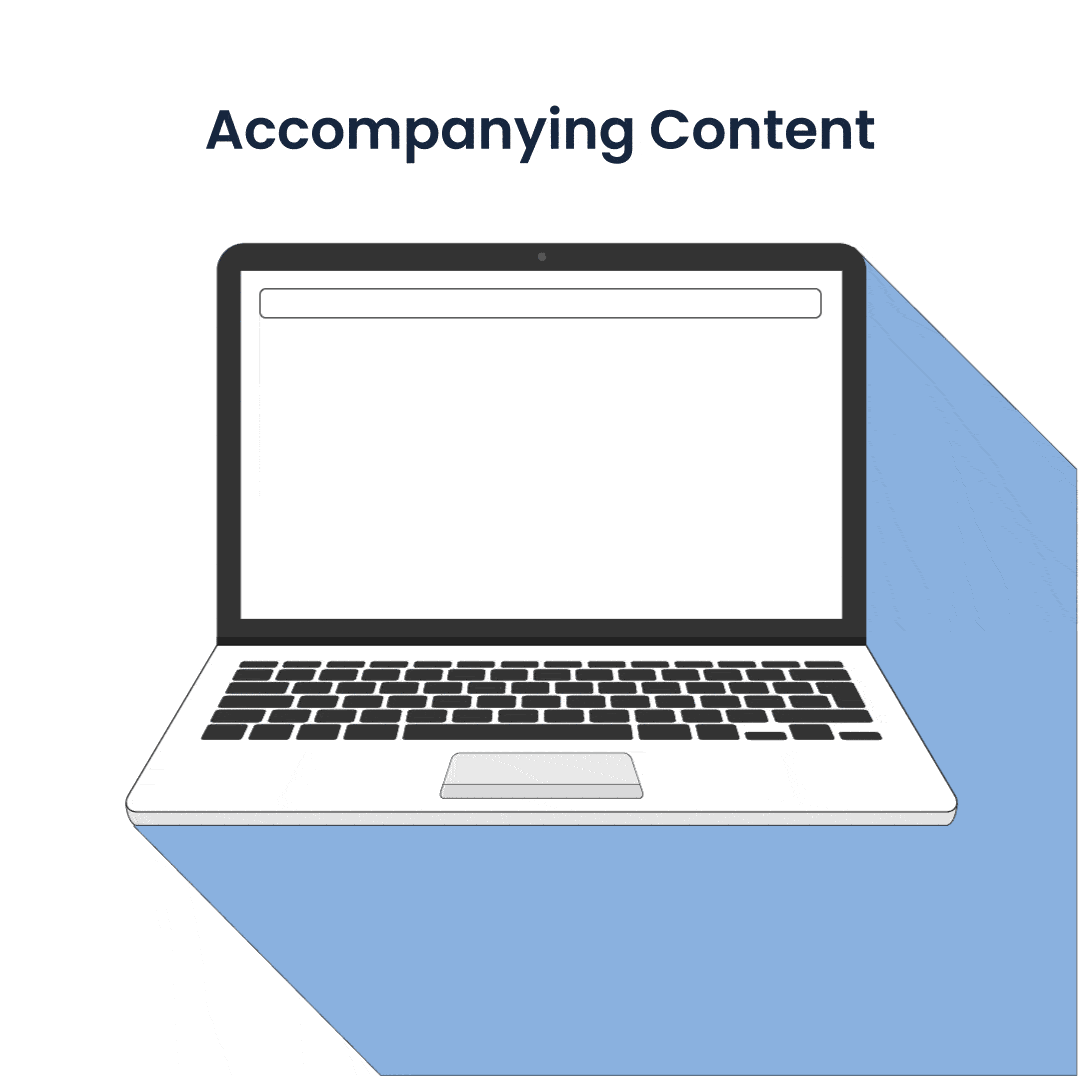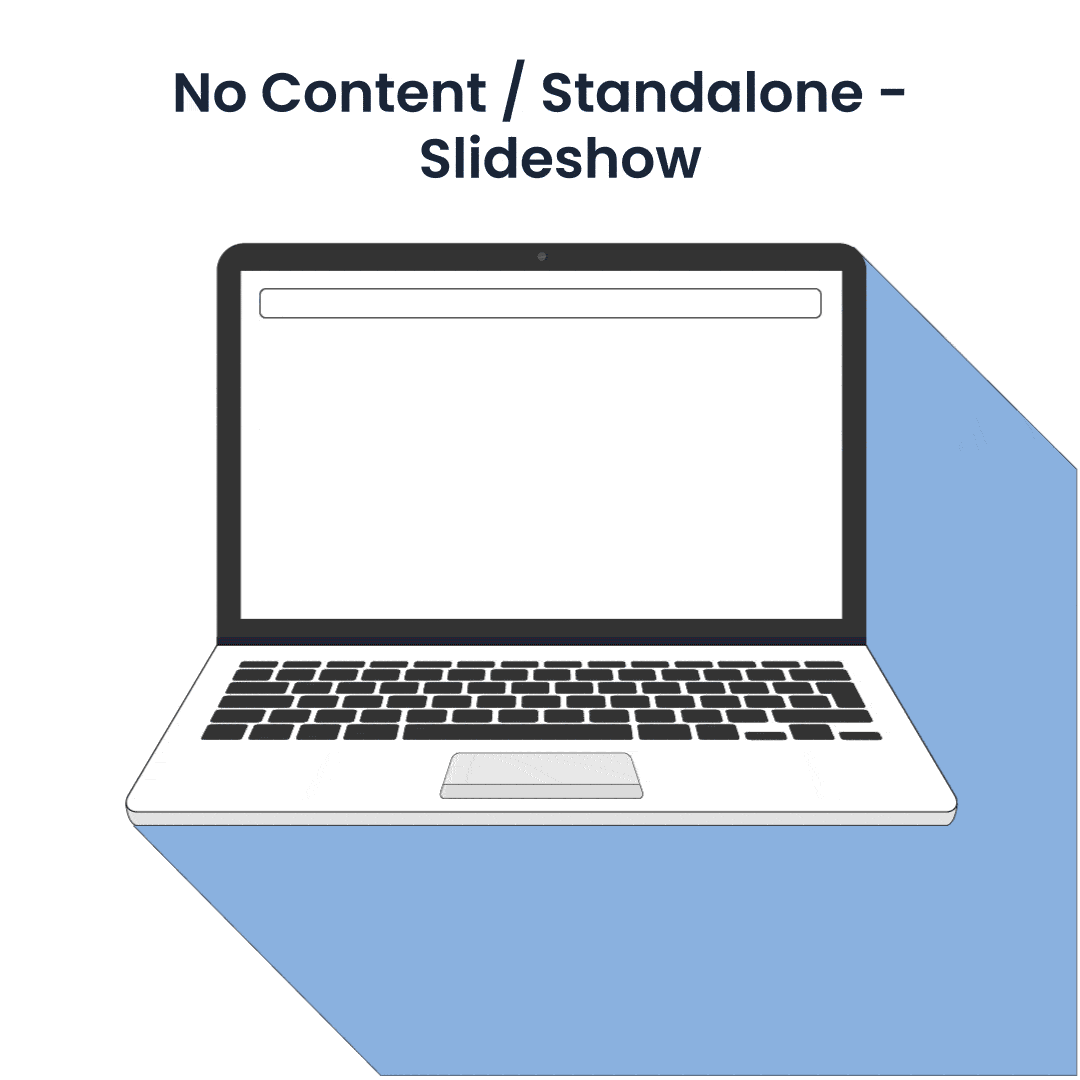The New IAB Video Specification Changes
In March 2023, the Interactive Advertising Bureau (IAB) Tech Lab introduced significant updates to its video specifications, sparking a wave of adjustments for publishers and advertisers alike. If you’re a publisher or involved in digital advertising, it’s important to pay attention to these changes. They represent a significant shift in how video ads are managed, classified, and monetized.
Background of Change
Historically, the distinction between instream and outstream video ads was somewhat murky, primarily defined by the video content itself. However, with a shifting focus towards the user’s intent and experience, the IAB has redefined these categories to foster clearer communication and valuation of video ad inventory.
What are the Changes?
The revisions introduced four primary inventory types, each with specific characteristics:
Instream
These ads are the main focus when a user visits a page for video content, playing before, during, or after the requested video. Notably, instream videos must have sound on by default or show clear user intent to engage with the video content.

Accompanying Content
Positioned before, during, or after the main video content, these ads are not the primary reason for a user’s visit but start playing as they enter the viewport. They may transform into floating or sticky players as users scroll.

No Content/Standalone
These ads operate independently of any streaming video content, appearing in various formats like slideshows or native feeds.

Interstitial
Similar to standalone ads but designed to be the focal point of the page, often filling the viewport during transitions in content consumption.

What are the Impacts for the Publishers?
The implications of these changes for publishers are significant. With Demand-Side Platforms (DSPs) adopting these new standards, compliance becomes critical. Publishers who don’t follow the new guidelines might see a dip in their ad revenue because Demand-Side Platforms (DSPs) might decide against bidding on video inventory that doesn’t meet these updated standards. Additionally, the introduction of a new “plcmt” field for video inventory categorization means publishers must update their systems to accommodate these specifications by June 1st, 2023, to avoid potential revenue impacts.
What Publishers Should Do
To navigate these changes effectively, publishers should implement the necessary technical changes to support the “plcmt” field in ad requests. This involves updating ad server configurations and ensuring compatibility with SSPs (Supply Side Platforms) and DSPs.
Wrapping Up
The recent IAB video specification updates are more than just a set of rules; they represent a shift towards a more transparent, user-focused digital advertising ecosystem. By understanding these changes and taking proactive steps to comply, publishers can not only avoid potential pitfalls but also seize new opportunities to enhance their video ad offerings.
As we navigate these changes together, remember that adaptation and flexibility are key to thriving in the dynamic world of online advertising. Here’s to making the most of the new IAB video specifications and continuing to deliver value to advertisers and audiences alike!
Got any questions or need further clarification on how to adapt to these changes? Feel free to contact us here.
